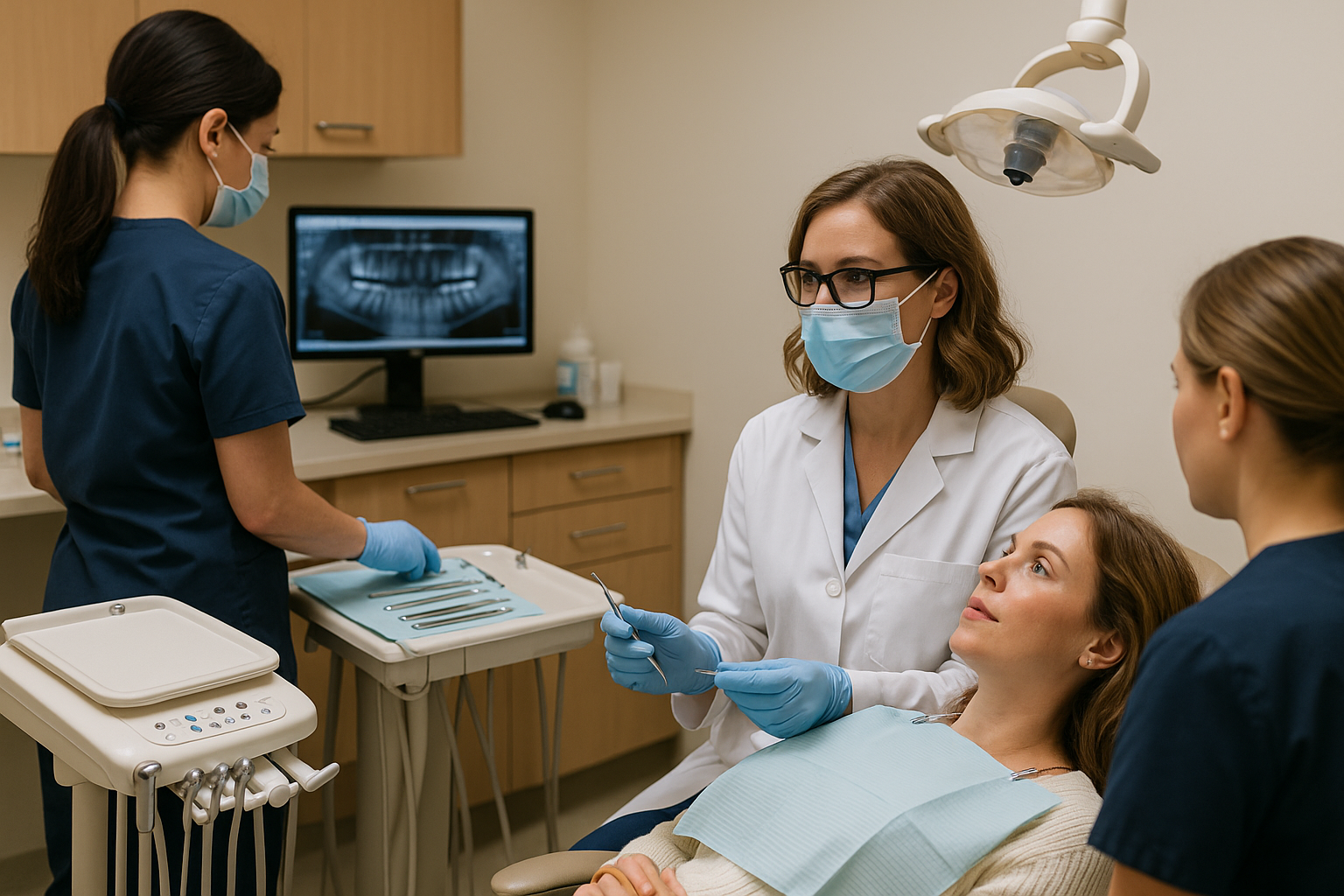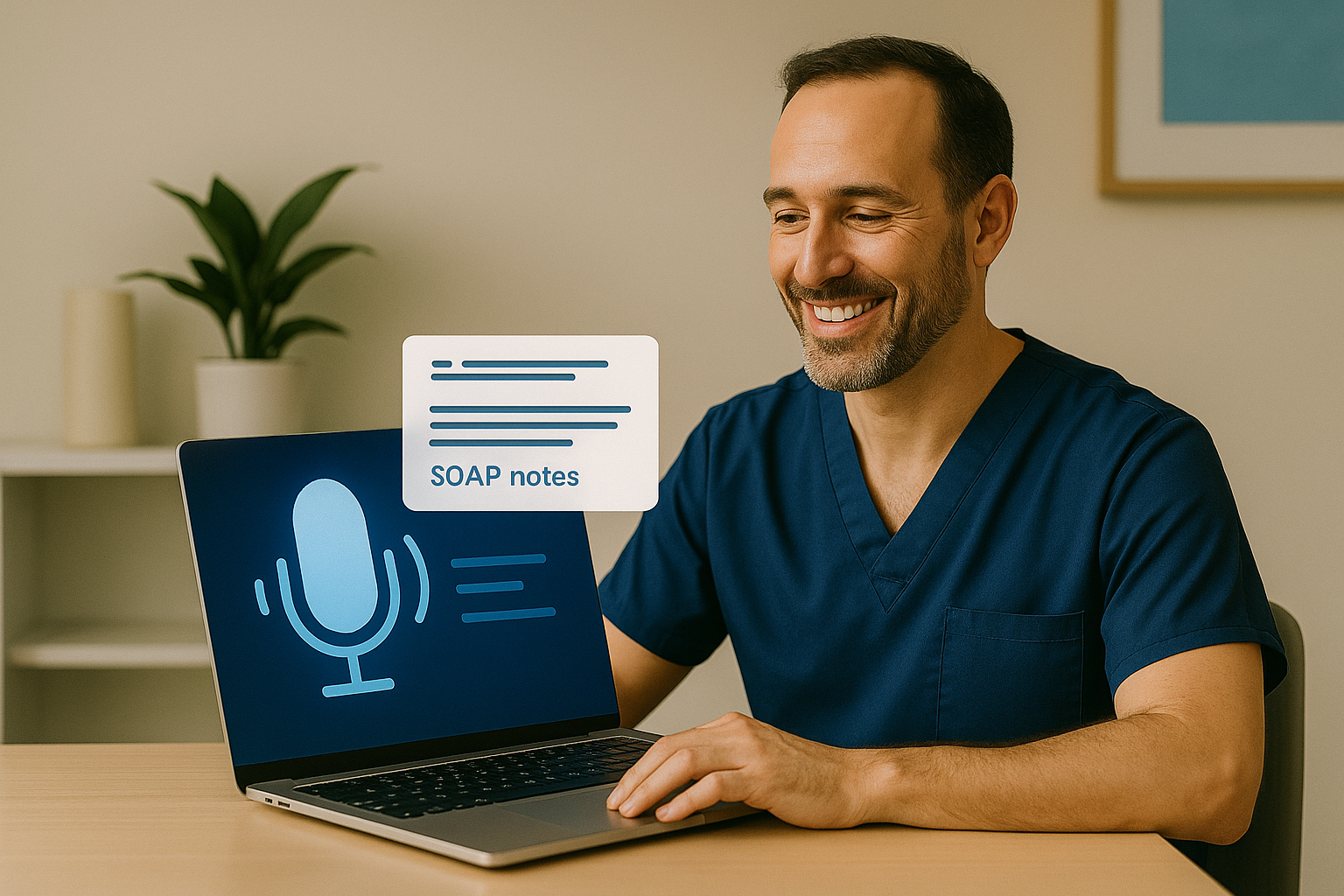Find Hidden Revenue in Your Practice: The 15-Minute Monthly Financial Review
H2: The $290,000 Question: Where's Your Hidden Revenue?
Paragraph 1: The average dental practice has $290,000+ in hidden revenue opportunities sitting in plain sight within their existing data. These opportunities include underutilized procedures, collection inefficiencies, and scheduling gaps that rob practices of potential income. While advanced analytics platforms can automatically identify these opportunities, this 15-minute monthly review process helps you discover significant revenue immediately using basic practice management reports.
H2: Week 1 Review: Production Analysis (5 Minutes)
Paragraph 2: Analyze your production reports to identify trends, gaps, and opportunities in treatment delivery. Focus on patterns that reveal both strengths to leverage and weaknesses to address.
H3: Key Production Metrics to Review: Paragraph 3: Total monthly production vs. goal: Calculate percentage variance and identify contributing factors. Production by provider: Compare individual provider performance and identify training opportunities. Production by procedure: Identify top-performing and underutilized treatments.
H3: Production Analysis Questions: Paragraph 4: Which procedures generate highest revenue per hour? Which providers consistently exceed production goals? What procedures are recommended but not completed? Which high-value procedures are performed infrequently?
H2: Week 2 Review: Collections Analysis (4 Minutes)
Paragraph 5: Examine collection efficiency and identify opportunities to improve cash flow. Focus on both current collection rates and aging accounts receivable patterns.
H3: Collections Metrics Deep Dive: Paragraph 6: Collection percentage: Current month collections divided by current month production. Aging analysis: Review 30, 60, 90+ day outstanding balances. Payment method distribution: Cash, insurance, and patient payment ratios.
H3: Collection Red Flags: Paragraph 7: Collection rates below 98% indicate process inefficiencies. Accounts receivable exceeding 1.5 months of production suggests collection problems. High percentage of patient balances over 90 days indicates follow-up issues.
H2: Week 3 Review: Schedule Analysis (3 Minutes)
Paragraph 8: Analyze schedule efficiency and identify opportunities to increase chair time utilization and procedure optimization.
H3: Schedule Efficiency Indicators: Paragraph 9: Chair time utilization: Percentage of available chair time with scheduled patients. Appointment value: Average production per appointment slot. No-show and cancellation rates:Track patterns by day, time, and procedure type.
H3: Schedule Optimization Opportunities: Paragraph 10: Time slots with consistent gaps, procedures that generate low revenue per hour, and high-value appointments with frequent cancellations represent immediate improvement opportunities.
H2: Week 4 Review: Case Acceptance Analysis (3 Minutes)
Paragraph 11: Review treatment plan acceptance rates and identify opportunities to increase patient acceptance of recommended treatments.
H3: Case Acceptance Tracking: Paragraph 12: Overall acceptance rate: Percentage of recommended treatments accepted. Acceptance by procedure: Identify treatments with low acceptance rates. Acceptance by provider: Compare presentation effectiveness between providers.
H3: Case Acceptance Insights: Paragraph 13: Low acceptance rates may indicate presentation issues, pricing concerns, or patient education opportunities. High-value procedures with low acceptance rates represent significant revenue opportunities.
H2: Hidden Revenue Opportunity #1: Underutilized High-Value Procedures
Paragraph 14: Identify procedures with high profit margins that are performed infrequently. These often include cosmetic treatments, sleep apnea appliances, or specialized services.
H3: High-Value Procedure Analysis: Paragraph 15: List all procedures with profit margins above 70%. Calculate frequency of performance over past 12 months. Identify procedures performed less than monthly despite patient demand indicators.
H2: Hidden Revenue Opportunity #2: Collection Efficiency Gaps
Paragraph 16: Improve collection processes to convert outstanding balances into received payments. Focus on systematic follow-up and payment plan opportunities.
H3: Collection Improvement Strategies: Paragraph 17: 30-day balances: Implement systematic follow-up for accounts 30-60 days outstanding. Payment plans: Offer structured payment arrangements for balances over $500. Insurance follow-up: Track and pursue delayed insurance payments aggressively.
H2: Hidden Revenue Opportunity #3: Provider Productivity Optimization
Paragraph 18: Analyze individual provider performance to identify training opportunities and efficiency improvements.
H3: Provider Performance Analysis: Paragraph 19: Compare production per hour between providers performing similar procedures. Identify providers with lower case acceptance rates. Analyze schedule efficiency and appointment completion rates.
H2: Hidden Revenue Opportunity #4: Procedure Mix Optimization
Paragraph 20: Shift procedure mix toward higher-value treatments while maintaining quality patient care.
H3: Procedure Mix Strategy: Paragraph 21: Identify high-margin procedures your practice performs well. Develop protocols for identifying candidates for these procedures. Train team on presenting higher-value treatment options appropriately.
H2: Hidden Revenue Opportunity #5: Schedule Efficiency Maximization
Paragraph 22: Optimize schedule structure to increase productive chair time and reduce gaps between appointments.
H3: Schedule Optimization Tactics: Paragraph 23: Block similar procedures to reduce setup time. Minimize schedule gaps through better appointment sequencing. Optimize appointment lengths based on actual completion times.
H2: Creating Your Monthly Review System
Paragraph 24: Establish consistent monthly review process using your practice management system's standard reports. Create simple tracking spreadsheet to monitor trends over time.
H3: Monthly Review Checklist: Paragraph 25: ☐ Pull production summary report ☐ Review collections and aging report ☐ Analyze schedule utilization data ☐ Calculate case acceptance rates ☐ Identify top 3 improvement opportunities ☐ Create action plan for next month
H2: Action Planning Template
Paragraph 26: Convert insights into specific action items with deadlines and responsible parties. Focus on 1-2 high-impact improvements monthly rather than attempting multiple changes simultaneously.
H2: When to Consider Advanced Analytics
Paragraph 27: Advanced analytics platforms can automate these calculations and reveal deeper insights like predictive modeling, patient lifetime value analysis, and opportunity forecasting. However, this manual review process helps practices understand their financial patterns and prepare for more sophisticated analysis tools.
H3: Free Download: Monthly Financial Review Toolkit Paragraph 28: Download our comprehensive toolkit including review checklists, tracking spreadsheets, and action planning templates to implement this system immediately and start discovering your hidden revenue opportunities.






